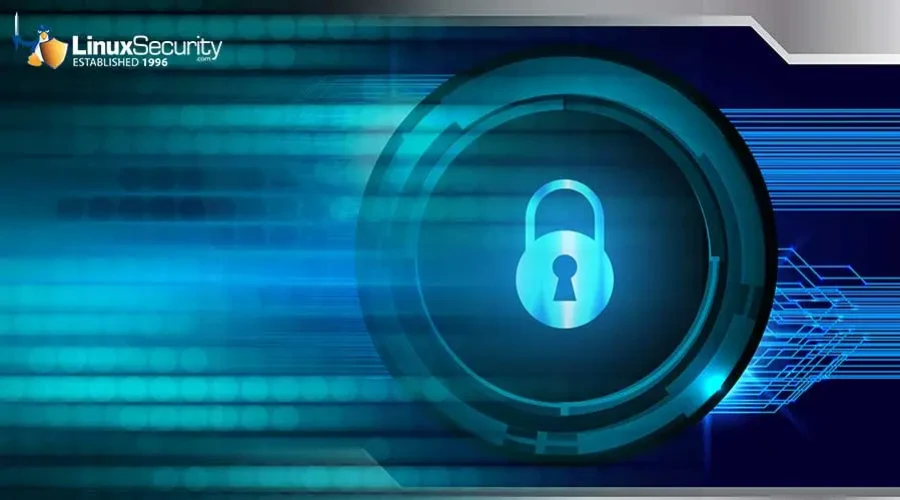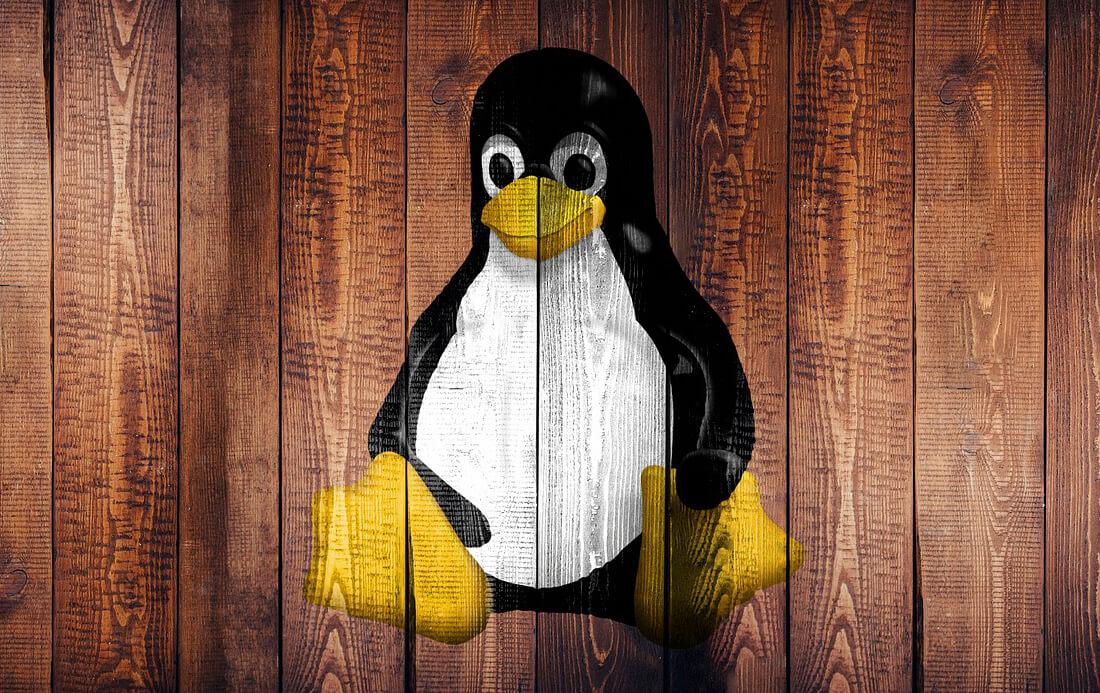Decade-Old Linux 'wall' Bug Helps Generate Fake SUDO Prompts, Threatens Password Security

A critical vulnerability has been found in the wall command of the util-linux package that poses a severe security threat to Linux systems. This vulnerability, known as WallEscape and tracked as CVE-2024-28085, has been present in every package version for the past 11 years.
It allows an attacker to exploit escape control characters to create a fake SUDO prompt on other users' terminals, ultimately tricking them into revealing their sensitive information, such as administrator passwords. The vulnerability can be exploited under certain conditions, mainly when the "mesg" utility is active and the wall command has setgid permissions.
What Are the Implications of this Issue? How Can I Mitigate My Risk?
 This longstanding vulnerability in Linux systems poses potential risks, as attackers with access to multi-user Linux servers can leverage it to deceive unsuspecting users. This vulnerability has remained undiscovered and unpatched for over a decade, raising questions about the effectiveness of security auditing processes in open-source software development.
This longstanding vulnerability in Linux systems poses potential risks, as attackers with access to multi-user Linux servers can leverage it to deceive unsuspecting users. This vulnerability has remained undiscovered and unpatched for over a decade, raising questions about the effectiveness of security auditing processes in open-source software development.
One exploitation scenario involves a fake SUDO prompt being created for the Gnome terminal, tricking users into entering their passwords. This prompts us to consider the wide-ranging implications of this vulnerability. Does this mean similar vulnerabilities may exist in other commonly used Linux utilities and commands? Are there additional attack vectors that could exploit similar flaws in terminal emulators? These questions highlight the broader security implications that necessitate further examination.
This vulnerability serves as a wake-up call for Linux admins, infosec professionals, and sysadmins to prioritize patching vulnerabilities promptly. The fact that the exploitation of WallEscape requires local access limits its severity to some extent. However, in multi-user environments like organizational servers, the risk is heightened. System administrators are advised to upgrade to linux-utils v2.40 or implement mitigations by removing setgid permissions from the wall command or disabling the message broadcast functionality using the 'mesg' command.
In terms of long-term consequences, this issue highlights the need for continuous security monitoring and regular updates in the Linux ecosystem. The discovery of this decade-old vulnerability reveals the importance of comprehensive security audits and continuous testing to uncover hidden weaknesses that might have been overlooked. Additionally, it highlights the significance of collaboration within the open-source community to ensure timely vulnerability identification and patching.
Our Final Thoughts on This Linux 'wall' Bug
This article aims to shed light on a critical vulnerability in Linux systems and raise important questions about the overall security landscape of open-source software. It is an urgent reminder for Linux admins and security practitioners to prioritize vulnerability patching and continuous security monitoring. By addressing the long-standing vulnerability and emphasizing the need for robust security practices, admins can mitigate risk and improve Linux system security.






![New Thunderbird, Firefox Vulns Threaten Sensitive Data, System Availability [Updated] 9.EmailServers Atsign Esm W300](/images/articles/900x500/9.EmailServers_atsign.jpg#joomlaImage://local-images/articles/900x500/9.EmailServers_atsign-esm-w300.jpg?width=900&height=500)
















